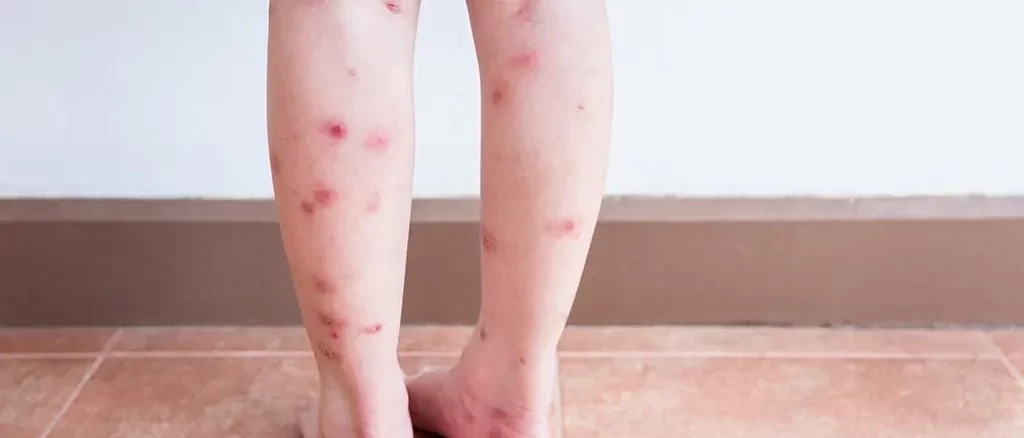Keloid Scars in Children: Causes, Treatment, and Support for Parents
Keloid scars, although more commonly associated with adults, can also affect children. These raised and often discolored scars can cause physical and emotional discomfort for children and their parents. Understanding the causes, treatment options, and providing appropriate support are essential for managing keloid scars in children. In this blog post, we will explore the causes of keloid scars in children, available treatment options, and provide guidance and support for parents navigating this condition.
Keloid scars in children can result from various factors, including:
Wound or Surgical Incision: Keloids can develop as a response to a wound, surgical incision, or trauma, such as burns or cuts.
Acne or Chickenpox: Children who experience severe acne or chickenpox may develop keloid scars due to the prolonged inflammation of the skin.
Ear Piercing: Keloids can occur around earlobe piercings, especially if the child is prone to keloid formation.
When it comes to treating keloid scars in children, a cautious and individualized approach is crucial. Here are some treatment options that may be considered:
Silicone Gel Sheets: Applying silicone gel sheets to the keloid scar can help flatten and reduce its appearance. This non-invasive treatment can be particularly suitable for children due to its ease of use.
Steroid Injections: Corticosteroid injections into the keloid can help reduce inflammation, itching, and shrink the scar. However, the decision to use steroid injections in children should be made in consultation with a healthcare professional.
Laser Therapy: Laser treatment can help minimize keloid scars by targeting the excess scar tissue and promoting collagen remodeling. It may require multiple sessions and careful assessment of the child’s skin sensitivity.
Surgical Excision: In some cases, surgical removal of the keloid scar may be considered, followed by additional treatments to prevent recurrence. However, surgical interventions should be approached with caution, as keloids have a tendency to reappear after excision.
• Support for Parents
Parents play a vital role in supporting their children through the challenges posed by keloid scars. Here are some ways you can provide support:
Education and Understanding: Learn about keloid scars, their causes, and available treatment options. This knowledge will enable you to have informed discussions with healthcare professionals and guide your child effectively.
Emotional Support: Offer emotional support to your child, reassuring them that keloid scars are not their fault and that they are not alone in dealing with this condition. Encourage open communication and provide a safe space for them to express their feelings and concerns.
Positive Body Image: Promote a positive body image by emphasizing your child’s other qualities and accomplishments that go beyond physical appearance. Encourage self-acceptance and help them understand that scars do not define their worth.
Practical Measures: Ensure your child follows proper wound care instructions to minimize the risk of developing keloid scars from wounds or injuries. Additionally, teach them about sun protection and the importance of avoiding unnecessary trauma to the skin.
Keloid scars in children can pose physical and emotional challenges. By understanding the causes, exploring treatment options, and providing necessary support, parents can help their children manage keloid scars effectively. Remember to consult with healthcare professionals who specialize in pediatric dermatology for the best guidance and treatment recommendations. With education, empathy, and proactive measures, parents can empower their children to navigate keloid scars with confidence and support their overall well-being.

